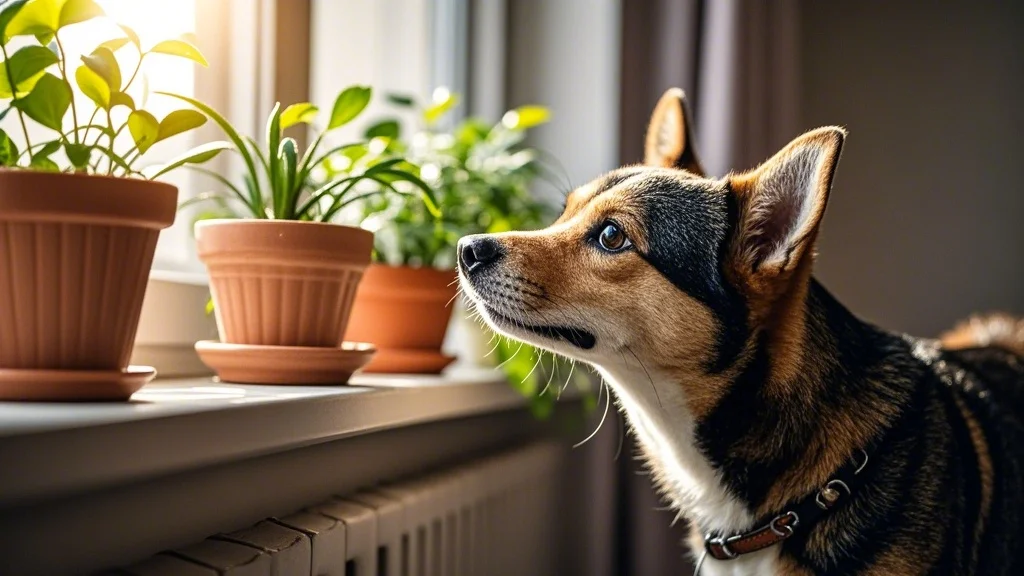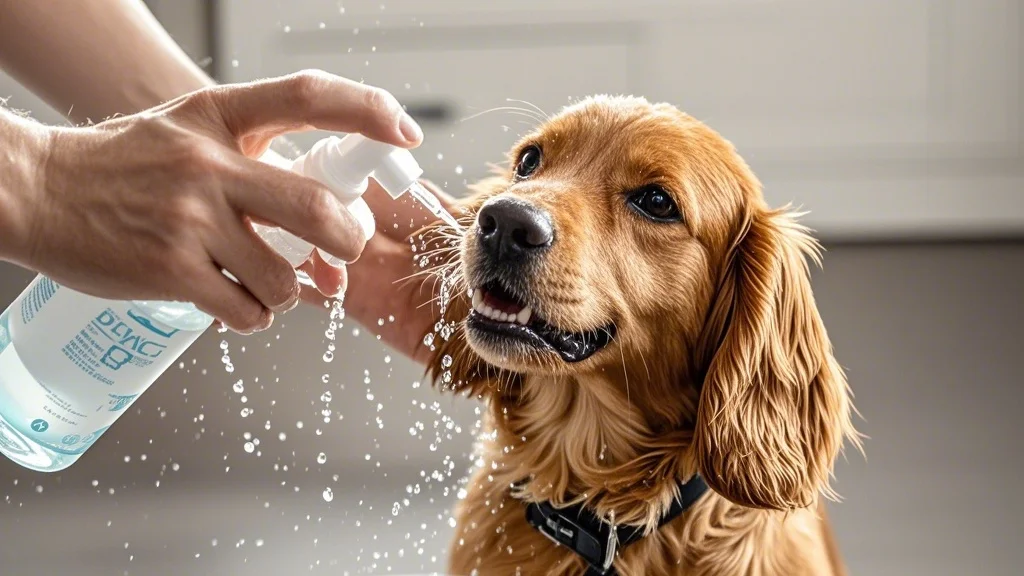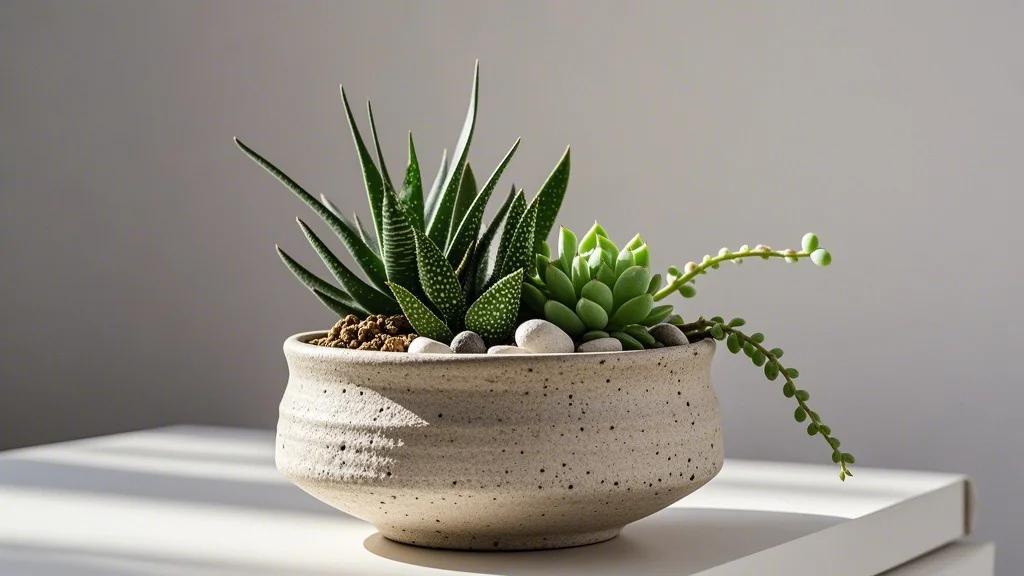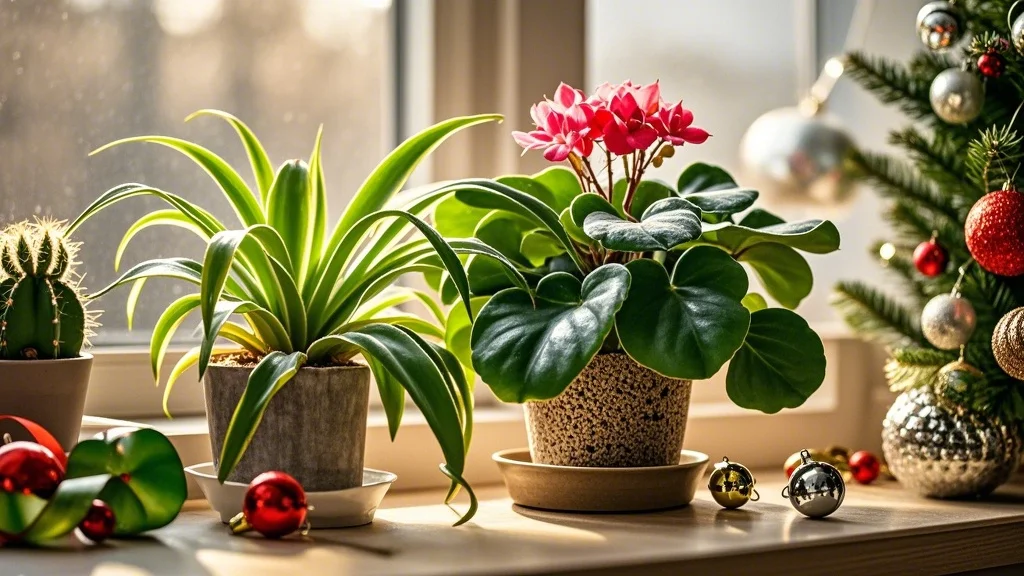As pet owners and plant enthusiasts, we often find ourselves in a delicate balancing act between our love for greenery and the safety of our furry companions. While houseplants can beautify our homes and purify the air, they can also pose potential risks to curious pets. This guide will walk you through the crucial steps to take if you suspect your pet has ingested a plant, ensuring you’re prepared for any plant-related emergencies.
Contents
Immediate Actions

1. Remove Any Remaining Plant Material
The moment you realize your pet has eaten a plant, your first priority is to prevent further ingestion:
- Gently remove any plant material from your pet’s mouth
- Clear the area of fallen leaves, stems, or accessible plants
- Secure other houseplants out of your pet’s reach
2. Identify the Plant
Knowing which plant your pet has consumed is crucial for determining the level of toxicity and appropriate treatment:
- If possible, collect a sample of the plant (including leaves, stems, and flowers)
- Take clear photos of the plant from multiple angles
- Use plant identification apps or consult a botanist if you’re unsure
3. Observe Your Pet’s Symptoms
Keep a close eye on your pet and note any unusual behaviors or symptoms:
- Vomiting or diarrhea
- Drooling or foaming at the mouth
- Difficulty breathing
- Lethargy or weakness
- Seizures or tremors
- Changes in urination or defecation
4. Contact a Veterinarian or Pet Poison Hotline
Don’t wait for symptoms to worsen. Reach out to professionals immediately:
- Call your regular veterinarian if it’s during business hours
- Contact an emergency vet clinic for after-hours incidents
- Consider calling a pet poison hotline for expert advice
Assessing the Situation
Common Toxic Plants for Pets
While many houseplants are harmless, some can be dangerous if ingested. Here’s a list of common toxic plants:
- Lilies (especially for cats)
- Sago Palm
- Azaleas and Rhododendrons
- Oleander
- Castor Bean
- Cyclamen
- Kalanchoe
- Yew
- Autumn Crocus
- Chrysanthemum
Symptoms of Plant Toxicity
Depending on the plant ingested, symptoms can vary widely:
- Gastrointestinal issues: vomiting, diarrhea, abdominal pain
- Respiratory problems: coughing, difficulty breathing
- Neurological signs: seizures, tremors, disorientation
- Cardiovascular effects: irregular heartbeat, weakness
- Skin irritation: rashes, swelling
Factors Influencing Severity
The impact of plant ingestion can depend on several factors:
- Type of plant and its toxicity level
- Amount consumed
- Size and health of your pet
- Time elapsed since ingestion
First Aid Measures
While waiting for professional help, there are steps you can take to potentially mitigate the effects:
1. Do Not Induce Vomiting Without Professional Advice
- Inducing vomiting can sometimes do more harm than good
- Only attempt this if explicitly instructed by a veterinarian
2. Rinse Your Pet’s Mouth

If the plant causes oral irritation:
- Gently rinse your pet’s mouth with cool water
- Use a soft cloth to wipe away any residue
3. Provide Fresh Water
- Encourage your pet to drink water to help flush their system
- Do not force them to drink if they resist
4. Keep Your Pet Calm and Comfortable
- Create a quiet, comfortable space for your pet
- Minimize stress and activity
5. Collect Evidence
Gather information to help with diagnosis and treatment:
- Save any vomit or stool samples
- Keep the plant sample or photos ready
When to Seek Emergency Veterinary Care
While it’s always best to consult a professional, certain situations require immediate emergency care:
- Severe vomiting or diarrhea
- Difficulty breathing or choking
- Seizures or loss of consciousness
- Significant lethargy or weakness
- Ingestion of known highly toxic plants (e.g., lilies for cats)
Veterinary Treatment
When you arrive at the vet, be prepared for various treatment options:
Diagnostic Procedures
- Physical examination
- Blood tests to check organ function
- X-rays or ultrasounds to check for blockages
Treatment Options
Depending on the plant and severity, treatments may include:
- Activated charcoal to absorb toxins
- Intravenous fluids for hydration and to flush the system
- Medication to control symptoms (anti-nausea, anti-seizure)
- Gastric lavage in severe cases
- Supportive care and monitoring
Prevention Strategies
To avoid future plant-related emergencies:
1. Research Before You Buy
- Always check if a plant is pet-safe before bringing it home
- Consult resources like the ASPCA’s toxic plant list
2. Create Pet-Safe Spaces
- Use hanging planters or high shelves for toxic plants
- Consider creating a separate “plant room” inaccessible to pets
3. Train Your Pets
- Use positive reinforcement to teach pets to avoid plants
- Provide alternative chewing options for dogs
4. Use Deterrents
- Apply pet-safe bitter sprays to plants
- Place aluminum foil or pebbles in plant pots to discourage digging
5. Regular Plant Maintenance
- Promptly remove fallen leaves and trim damaged parts
- Keep plants healthy to reduce toxic compound production
Building an Emergency Pet Care Kit
Be prepared for plant-related emergencies by assembling a kit containing:
- Contact information for your vet and local emergency clinic
- Pet poison hotline number
- Activated charcoal (use only as directed by a professional)
- Hydrogen peroxide (3%) for inducing vomiting if instructed
- Rubber gloves and a turkey baster for administering solutions
- Saline eye solution
- Artificial tear gel
- Milk of magnesia (for absorbing toxins)
- Vitamin E oil (for skin irritations)
- A pet first-aid book
Conclusion
While the thought of your pet ingesting a potentially harmful plant can be terrifying, being prepared and acting quickly can make all the difference. By familiarizing yourself with the steps in this guide, you’ll be better equipped to handle any plant-related emergencies that may arise. Remember, prevention is always the best strategy, but if an incident does occur, stay calm, act swiftly, and seek professional help. With the right knowledge and preparation, you can create a safe and harmonious environment where both your pets and plants can thrive.









